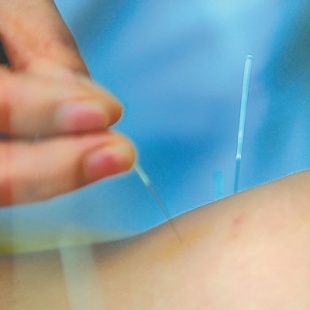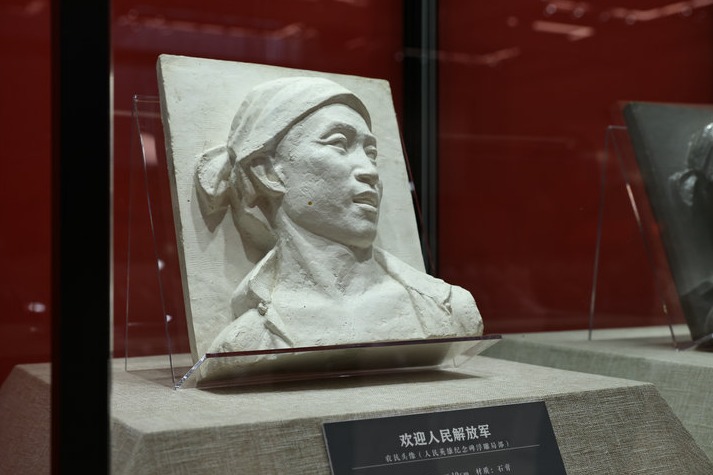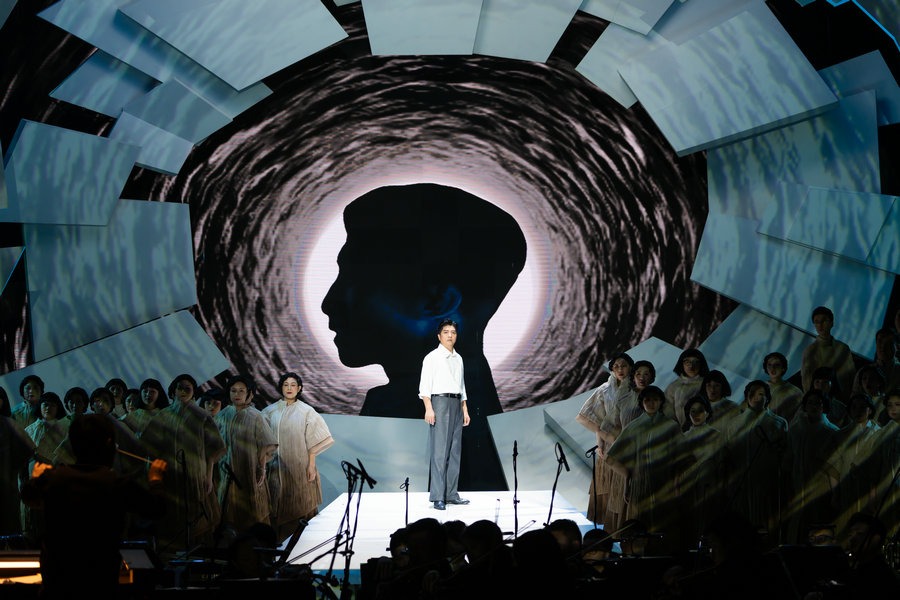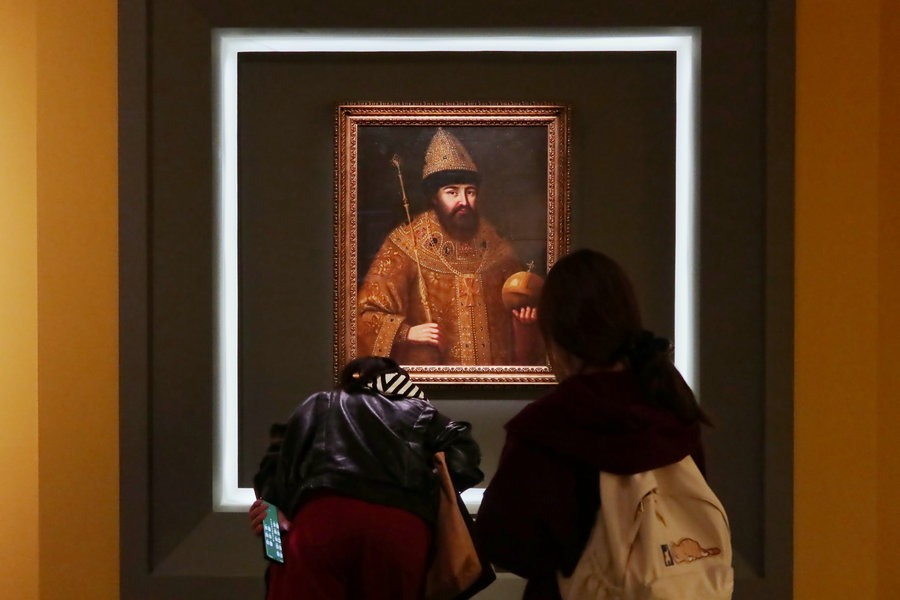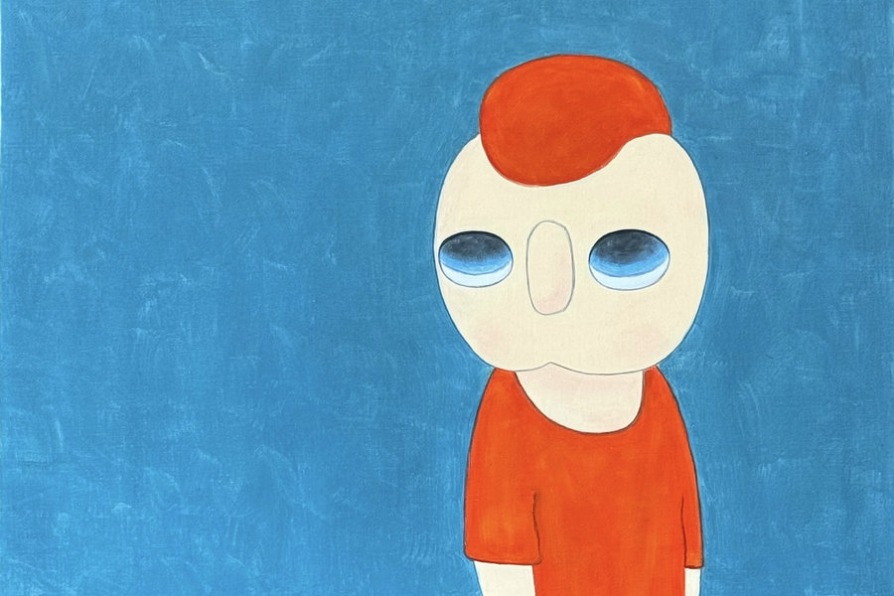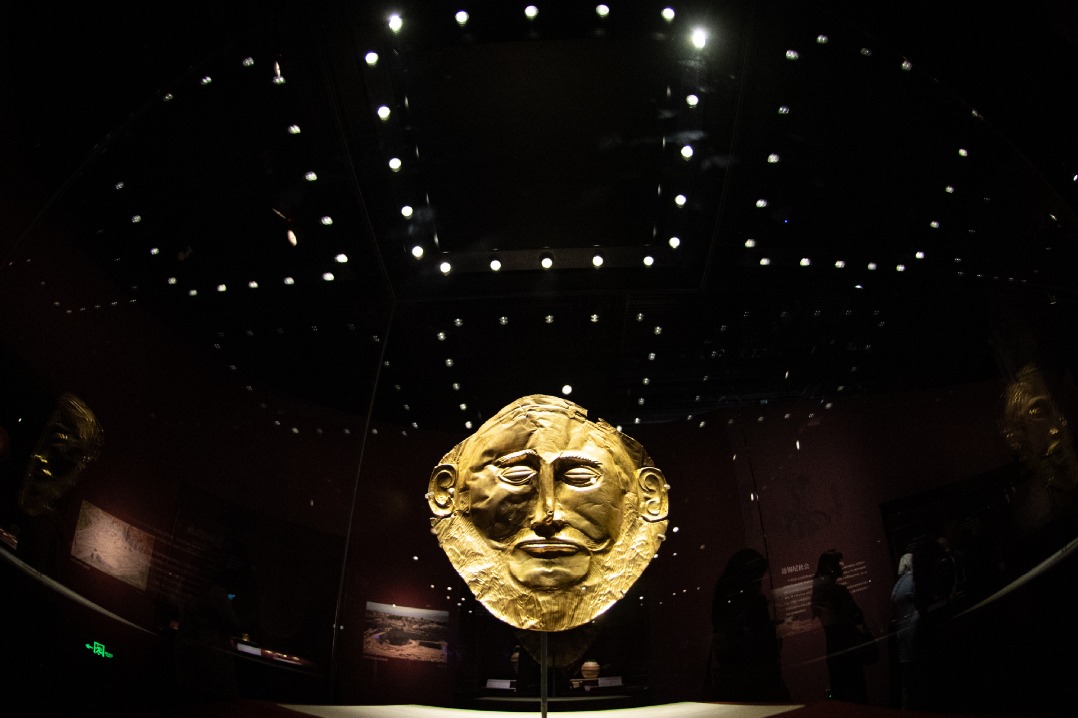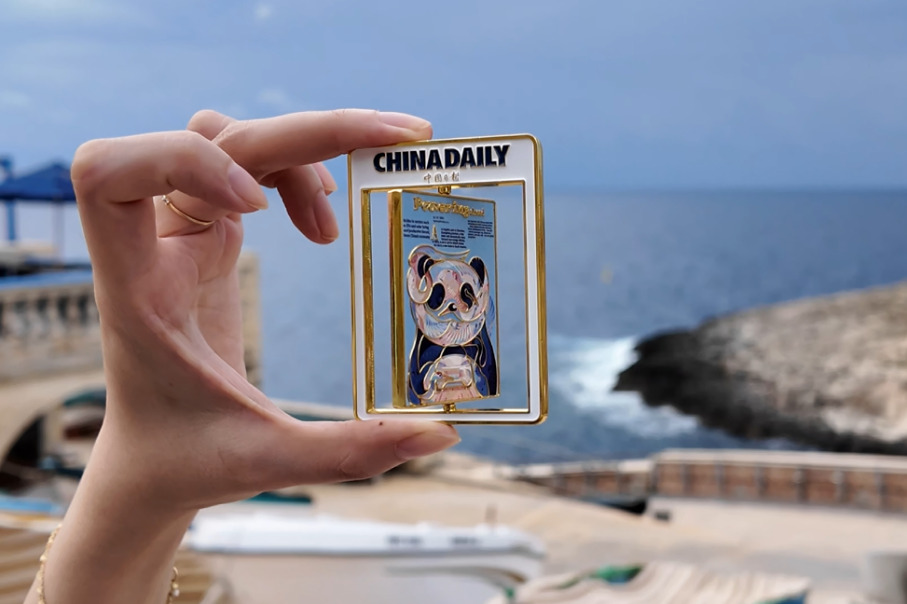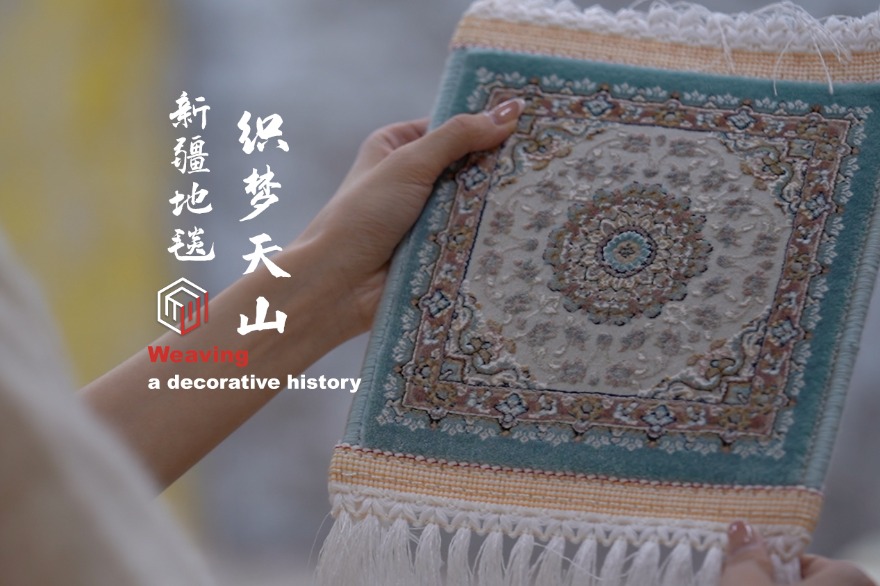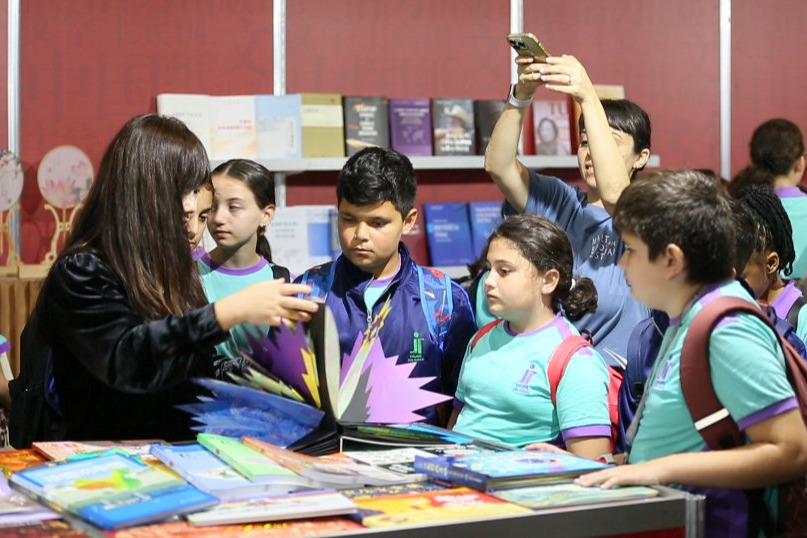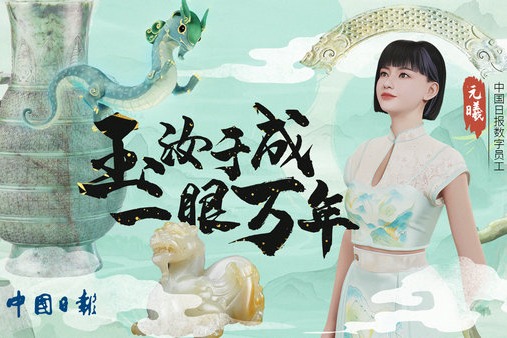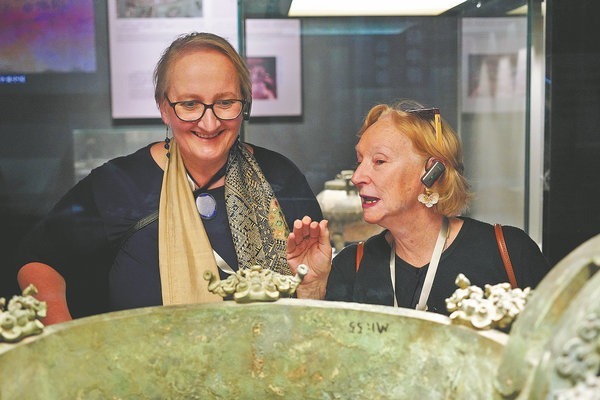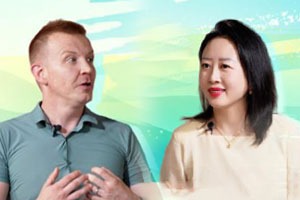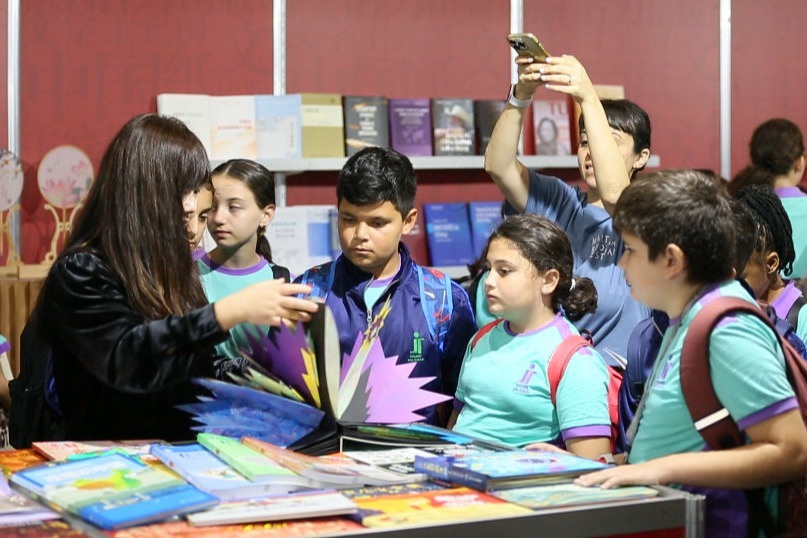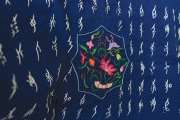Using needles to help life's energy flow

Editor's note: There are 43 items inscribed on UNESCO's Intangible Cultural Heritage lists that not only bear witness to the past glories of Chinese civilization, but also continue to shine today. China Daily looks at the protection and inheritance of some of these cultural legacies. In this installment, we find out how an ancient healing art has gained increasing popularity in modern times.
For thousands of years, the Chinese have relieved pain and cured disease through acupuncture. Evolving from the discovery that using stone needles to prick specific points on the surface of the body could relieve pain and symptoms, acupuncture has become an integral part of traditional Chinese medicine, in line with the philosophy that promotes the harmonious coexistence of humans with nature.
According to Records of the Grand Historian, written by Sima Qian about 2,100 years ago, Bian Que, a highly skilled physician during the Warring States Period (475-221 BC), was famous for having saved a prince from "death" by using needles to stimulate the Baihui acupoint on the head of the unconscious man.
According to TCM, there are a dozen meridians in the human body, where the qi, or life energy, circulates to nourish the organs. Cold, infections or diseases can result in the blocking of the energy, and so stimulating the acupoints can unblock stagnant qi, restore normal circulation and improve health.
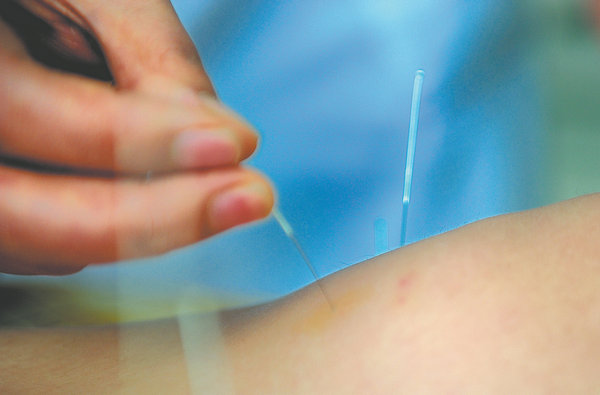
Today, acupuncture is still widely used in China.
Li Ming, a 41-year-old who works in media, says that acupuncture really helped treat the dry eyes she had been suffering from since 2009. After trying many other ways, a friend suggested she turn to a doctor at Beijing Tongren Hospital who excelled in treating the condition with acupuncture.
Li's treatment lasted one and a half years, and after more than 130 visits, her symptoms significantly decreased, and her eyes became moist enough for her to resume work in 2013.
Liu Cunzhi, head of the School of Acupuncture, Moxibustion and Tuina at the Beijing University of Chinese Medicine, says that he has been using acupuncture to treat patients at the first stage of Alzheimer's disease. "Many of my patients come to me twice a week for seven or eight years to maintain their current condition," he says.
In 2010, UNESCO inscribed acupuncture and moxibustion of TCM on the Representative List of Intangible Cultural Heritage of Humanity. Yet, the practice is not just cultural and historical, but also a medical technique widely used and researched today.


